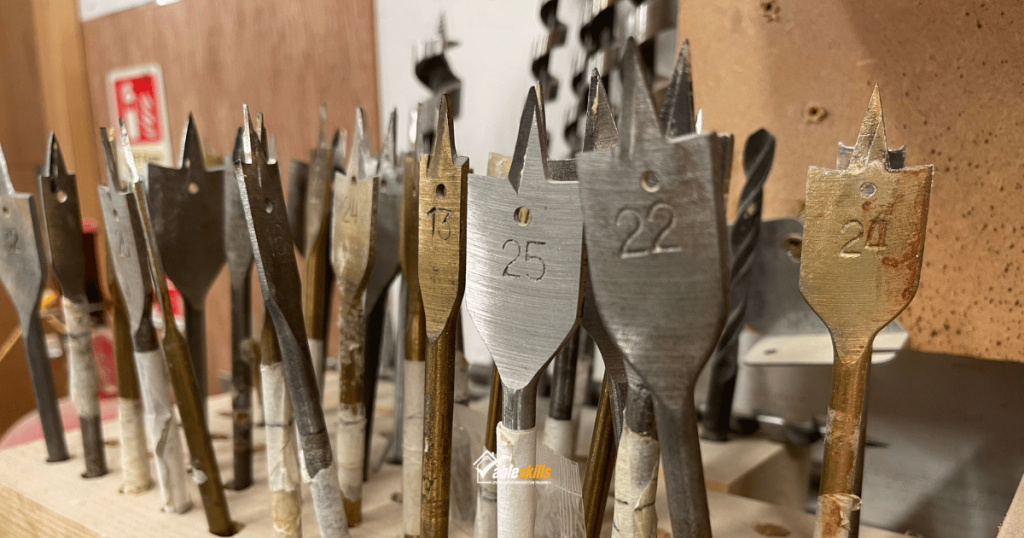
Given that both professions regularly work with similar materials, carpenters and joiners are often thought of as one single profession. However, while there are frequent overlaps, both should be viewed as completely separate skill sets and career paths.
While both trades do work predominantly with wood, the two professions still require entirely different specialist skills, knowledge and training in order to build a successful career.
Below, we’ll take a look at a few of the key differences between the two crafts and the kind of work both carpenters and joiners might be expected to complete on a day-to-day basis.
Carpenters
Not just one of the oldest construction trades, carpentry is often regarded as one of the oldest professions on record.
Carpenters often work with metal alongside wood and specialise in assembling and fitting structures that generally form part of a wider construction project.
Much of the work carpenters carry out will be on-site, and their skills are essential across both domestic and commercial projects.
While the day-to-day can be quite varied for carpenters depending on the kind of site they’re working on, some of the most common jobs can involve fitting floors and staircases, fitting roof timbers, installing staircases and installing cupboards and shelving units.
Joiners
Joiners are more likely to be based in a workshop or factory due to their needing access to large machinery like sanding wheels and circular saws.
Much of a joiner's work involves creating and shaping the separate wooden components that are later fitted on-site by a carpenter, such as doors and window frames.
A joiner, as the name suggests, constructs items by joining pieces of wood, typically without using metal fasteners such as screws or nails.
Other examples of the kinds of things joiners might create can include bookshelves, fitted furniture and staircases.
Is it common to train in both?
Given the similarities in the raw materials both carpenters and joiners work with, and both professions needing to have a good overall knowledge of best woodwork practices, it’s not uncommon for people to train and gain qualifications in both fields. Further down the road, the person may decide to specialise in one or the other, or go on to offer services in both.
For this reason, Able Skills has devised a dedicated training course that covers all the essential aspects of both joinery and carpentry. The in-depth 10-week course will provide qualifications in both fields and will deliver training up to the level required to achieve a carpentry NVQ Level 2. You can find more information about the NVQ Level 2 Carpentry & Joinery course here.